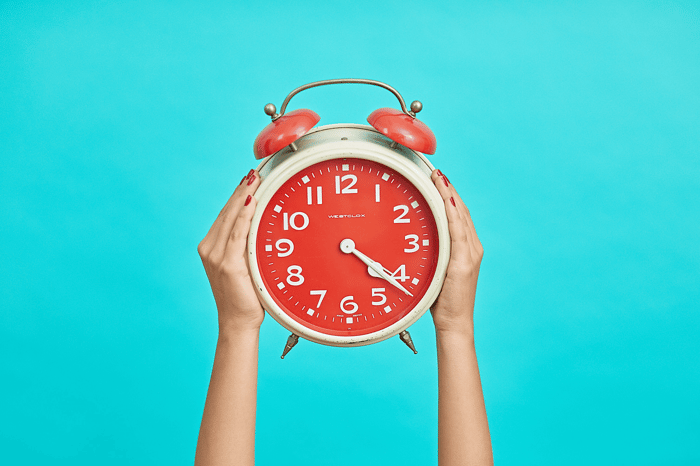When first learning about your period, you might have been told that you’re supposed to get it every month. Most menstruators grow up with the idea that a healthy menstrual cycle should last 30 days, such that if their first period arrives on a particular date, it will continue to do so on the same date every month until the end of time.
But this isn’t entirely true.
There’s a lot more nuance involved in understanding your cycle, so that’s what we’re talking about today.
Before we get into how long the average cycle is, let’s first understand what a menstrual cycle really is. It’s divided into 4 phases - Menstruation, the Follicular phase, the Ovulation phase and the Luteal phase.
Let’s break these down.
Menstruation is when the thickened lining of the uterus (or endometrium) is eliminated from the body, through the vagina. This is what we refer to as our period. This typically ranges anywhere from 2-8 days.
The Follicular Phase starts on the first day of your period, and ends with ovulation. This is when the “follicle stimulating hormone” (FSH) is released in the body, stimulating the ovaries to produce follicles. One of these is what will eventually mature into an egg, and the entire follicular phase stimulates the uterine lining to thicken. On average, this occurs around day 10 (in a 28-day cycle).
Then, Ovulation. This is when the mature egg is released from the surface of the ovary. This occurs mid-cycle - usually about two weeks before menstruation begins again.
After this, the Luteal Phase. This is when progesterone and small amounts of oestrogen are released, maintaining the thick lining of the uterus in anticipation of a fertilised egg. If the fertilised egg implants itself, it then goes on to produce other hormones necessary to maintain the uterine lining. If the fertilised egg doesn’t implant itself and no pregnancy occurs, the ovary stops producing progesterone, thereby letting the lining of the uterus fall away.
This is what is known as menstruation. Quite a lot to it, eh?
The menstrual cycle itself is measured from the first day of one period to the first day of the next. This is what is said to take between 21 to 40 days.
This means that each of the phases take varying amounts of time in different bodies. In fact, they can vary between cycle to cycle in the same body as well!
So, here’s what we know. Your menstrual cycle occurs in 4 main phases, and each phase can be a little longer or shorter from time to time.
However, if you find that your cycle progresses for longer than 40 days, or if your period shows up more often than every 20 days, you might want to talk to your health care provider. For now, rest assured that anything within the range of 20-35 is perfectly normal.
So the next time you’re a tiny bit early or late, don’t stress! It’s probably just your body doing its thing.




